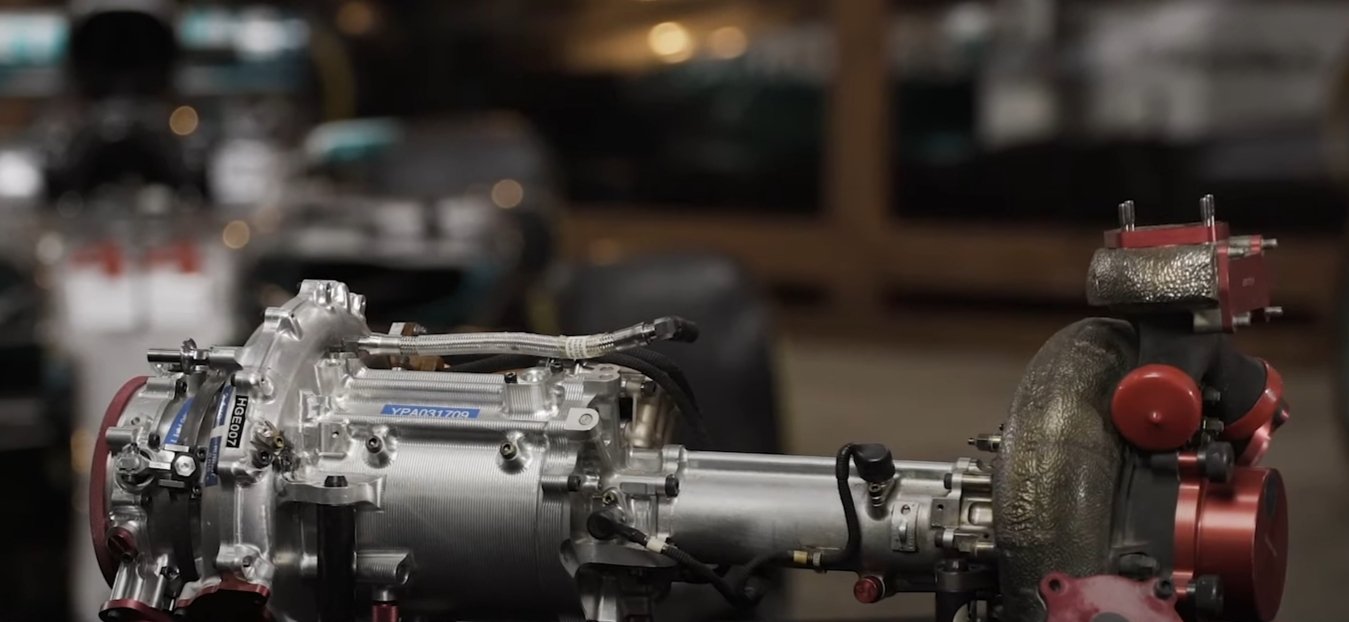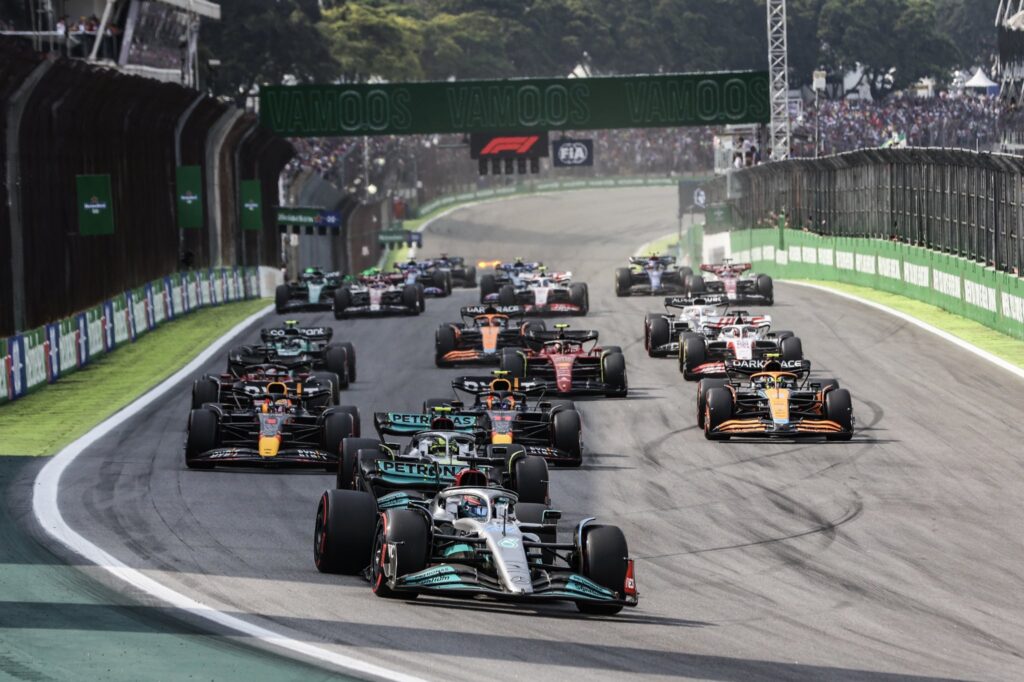Formula One racing is a sport that is constantly pushing the boundaries of technology, and the split turbo is one of the latest innovations in the world of F1. This innovative device was introduced in the 2014 season and has since become a defining feature of the sport, providing teams with the ability to extract more power from their engines and to improve the overall performance of their cars.
So, what exactly is the split turbo and how does it work? To understand this, we first need to look at the basic concept of a turbocharger and its role in F1. A turbocharger is a device that is used to compress the air that is being fed into the engine, increasing its density and allowing the engine to extract more power from the fuel that is being burned. This is accomplished by using the energy from the exhaust gases to spin a turbine that compresses the incoming air.
GET ONE MONTH FREE AND LEARN HOW TO BUILD YOUR OWN WEBSITE HERE
The split turbo takes this concept a step further by dividing the turbocharger into two separate units, each with its own turbine and compressor. This allows the engine to take advantage of the benefits of the turbocharger at a wider range of engine speeds, improving the overall responsiveness and power output of the engine.
One of the key technical challenges in the development of the split turbo was finding a way to manage the flow of exhaust gases and to ensure that each unit of the turbocharger was being used effectively. Teams used a variety of techniques to achieve this, including the use of complex exhaust systems and carefully designed turbocharger units that were optimized for specific engine speeds.
The split turbo was an instant success when it was introduced in 2014, and many teams quickly adopted the technology, with some teams even going as far as to design their entire engine concept around the split turbo. The device became a defining feature of the sport, and its impact on the performance of the cars was immediately evident, with teams achieving significantly faster lap times and greater competitiveness.
One of the benefits of the split turbo is that it allows teams to achieve better performance at low engine speeds, where traditional turbochargers can be less effective. This is because each unit of the split turbo can be optimized for a specific range of engine speeds, improving the overall responsiveness and power output of the engine.
Another benefit of the split turbo is that it allows teams to use smaller, lighter turbocharger units, reducing the weight of the car and improving its overall performance. This is because each unit of the split turbo can be designed specifically for its intended purpose, allowing teams to optimize the design for maximum performance and efficiency.
The split turbo is a technological innovation that has had a significant impact on the performance of Formula One racing cars. Its ability to provide teams with more power and responsiveness has helped to make the sport faster and more competitive, and it remains an important example of how technology and innovation can be used to improve the performance of cars and to gain a competitive edge. The technical challenges involved in its development, and the benefits that it provides, make the split turbo a defining feature of the sport and a testament to the innovative spirit of Formula One racing.





